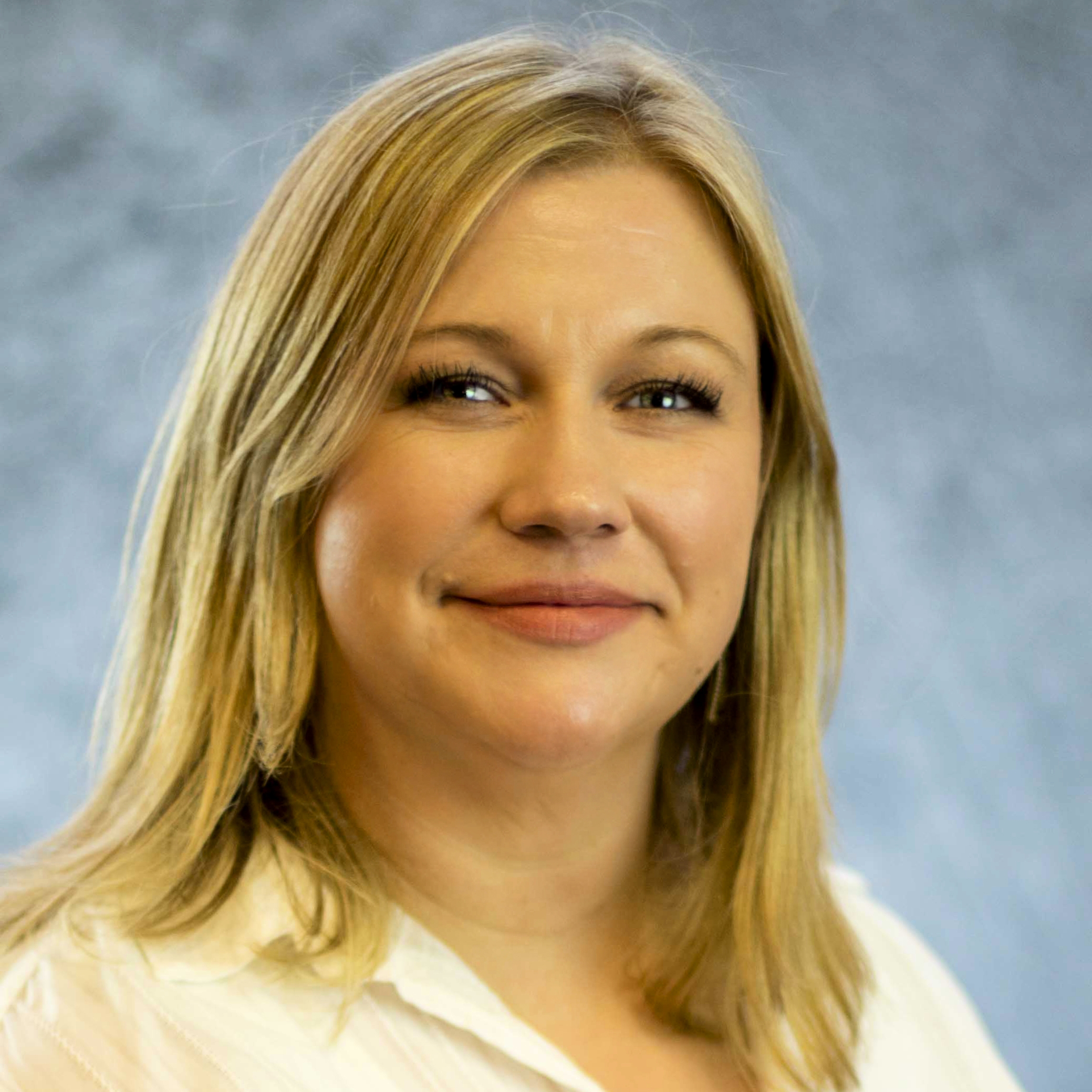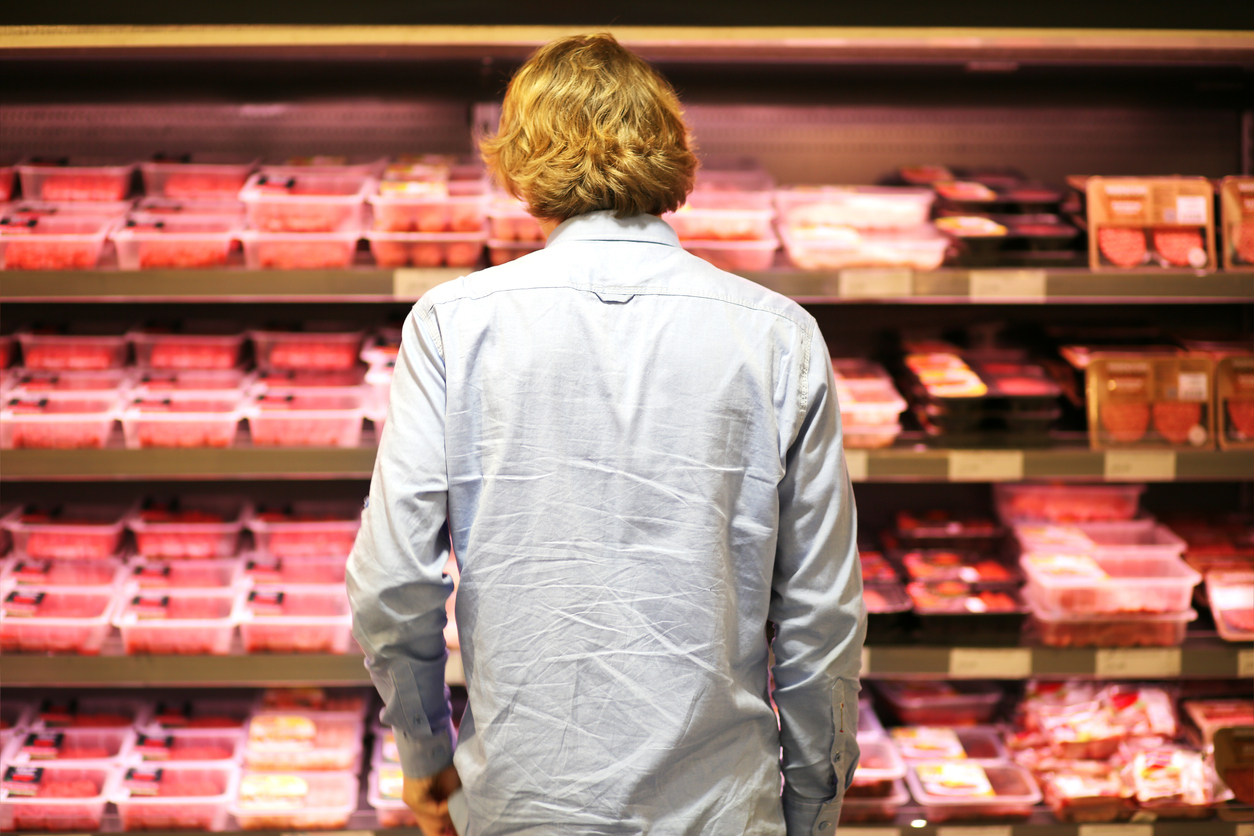H.B. 1283 asks for first fair funding increase in 27 years

Harken back to 1961: JFK was president, the U.S. put its first man in space, West Side Story was in theaters, and Washington state prioritized getting people closer to their food sources through funding county fairs from state coffers.
The legislature 58 years ago had the foresight understand that county fairs would provide a perfect opportunity for not just familiarity with food sources for Washington’s growing population, but also allow farm youth to highlight their achievements, for community minded groups to fund raise, and for city people to find common ground with their rural neighbors.
HB. 1283 notes that a “fair fund” was established in 1961 but an increase to the monies within that fund has not occurred as anticipated. The current fair fund allocates $2 million in funding to the various fairs throughout Washington. According to the bill, from July 1, 2019 to June 30, 2021, the funding would be increased to "the estimated amount of state retail sales tax collected under chapter 82.08 RCW, not to exceed $3 million" and from July 1, 2021 on, the funding would be increased to "the estimated amount of state retail sales tax collected under chapter 82.08 RCW, not to exceed $4 million."
According to some, this legislation marks the first time there has been an increase in fair funding in 27 years.
The Washington State Fairs Association lists 70 fairs in 2019 that would be potentially eligible to receive a portion of the fair fund monies.
Fair fund allocations are not currently distributed equally. However, if they were, with the assumption that our state continued to host 70 fairs annually, the funds could translate into $42,850 at the 2019 to 2021 level or $57,140 at the 2021 and thereafter level.
That is a small price to pay for an area that is often acknowledged to be the center of community life for about one week each year. County fairs represent the good things about fostering a tight-knit society.
When I walk the grounds of my county fair, I remember every sweltering summer day spent catching up with friends, meeting new people, taking pride in the projects I displayed, and learning about personal connection and personal motivation.
Even now, long removed from my early years as a 4-H exhibitor at the Grant County fair, it is still one of my favorite places. I would wager the majority of people who spent their fair weeks as I did would say the same.
The sense of community, of coming home, does not end at a county fair. There is a remembrance of shared experiences unlike any other within the walls of an exhibit barn; there is an ownership of every display case and food booth; and there is a feeling of hope observing a new generation of fair-goers continuing the same patterns of community and continuity.
The pull of county fairs is so strong that people who have moved from Eastern to Western Washington for work or family, still return to Eastern Washington to spend a few days visiting the local fair. In a high-pressure jobs with a finite number of coveted vacation days, these people choose a few of those days to walk through buildings with no air conditioning to see the triumphs of the county from which they came.
Funding county fairs promotes the relationship-building and co-operation we need to bridge the gap between Washington state’s East and West cultures, especially in a time of so much division and political controversy. By providing basic funding for county fairs, HB. 1283 will make sure the state is funding a better understanding of the shared experiences that make us all Washingtonians.





